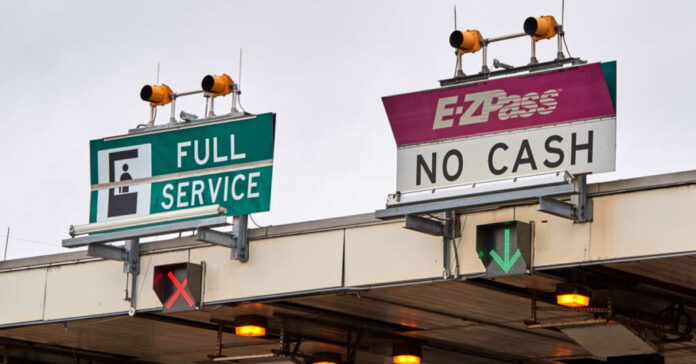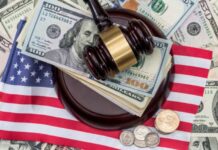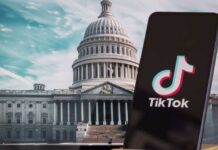
New York has received federal approval for its plan to burden drivers with exorbitant tolls when entering the most popular areas of Manhattan. This scheme, supposedly aimed at reducing traffic and improving air quality while funding the city’s public transit system, is set to commence as early as the spring of 2024.
This financially crippling initiative received the green light from the Federal Highway Administration (FHWA), a division of the Department of Transportation. This approval comes as part of the FHWA’s Value Pricing Pilot Program, which offers transportation agencies various tools to address congestion through tolling and other pricing methods, as stated by a spokesperson.
The Metropolitan Transportation Authority, the New York State Department of Transportation, and the New York City Department of Transportation jointly proposed the tolling program.
During the federal review process, the FHWA ensured compliance with the regulations outlined in the National Environmental Policy Act (NEPA). The FHWA also thoroughly evaluated all the comments received during the public comment period of the Environmental Assessment, as confirmed by the FHWA spokesperson.
By adopting tolling programs reminiscent of London, Singapore, and Stockholm, New York City is following in the footsteps of other cities known for implementing tolls in highly congested business districts. However, the tolling scenarios being considered propose charging drivers an astronomical toll of up to $23 per day to enter Manhattan below 60th Street. The final decision on the exact toll amount rests with the Metropolitan Transportation Authority, the entity responsible for overseeing the plan.
Democratic Governor Hochul expressed her eagerness to proceed with the program following the green light from the federal government. However, many are skeptical about the potential implications.
Drivers already face substantial toll charges when entering Manhattan, with numerous bridges and tunnels imposing fees to cross the Hudson, East, and Harlem Rivers. The addition of special tolls for the southern half of Manhattan will only further burden these commuters.
The introduction of these new tolls is projected to generate an additional $1 billion annually, which will be utilized to secure loans for upgrading the subway, bus, and commuter rail systems managed by the MTA. However, critics question whether these funds will truly benefit commuters or if they will simply disappear into bureaucratic inefficiencies.
Although the state Legislature approved a preliminary congestion pricing plan in 2019, the project encountered setbacks due to the COVID-19 pandemic and a lack of guidance from federal regulators. These obstacles exacerbated existing doubts surrounding the feasibility and fairness of the program.
Officials in New Jersey have staunchly opposed the plan, as it threatens to dramatically increase commuting costs for individuals traveling to Manhattan by car. Taxi and car service drivers have also voiced their objections, arguing that the tolls would render fares unaffordable. To appease these concerns, some MTA proposals have included toll caps for taxis and other for-hire vehicles. However, skepticism remains regarding the overall impact of these measures.
New Yorkers are no strangers to exorbitant tolls. From January 2019 to January 2023, the Thruway Authority pocketed around $3.27 billion in toll revenues.
Tolls are claimed to have a role in reducing traffic congestion and pollution in several ways. Firstly, tolling systems seek to influence driver behavior, aiming to discourage non-essential trips or prompt drivers to seek alternative routes or travel times.
Secondly, tolls allegedly promote mode shifting, encouraging commuters to choose alternative transportation options like public transit, carpools, or cycling. While this may reduce the number of vehicles on the road, critics argue that the inconvenience and cost of tolls may not always result in a significant shift in behavior.
Lastly, the allocation of toll revenue to infrastructure improvements is often presented as a positive outcome. However, skeptics question the actual effectiveness of these investments in alleviating congestion. They argue that the revenue generated from tolls is sometimes mismanaged or directed towards projects that fail to provide significant relief, leading to ongoing congestion issues despite the collection of tolls.
In a city already considered one of the most costly places to live because of housing shortages, outrageous taxes, and existing tolls, it’s entirely possible that commuters will invest in a last, one-way toll, with a moving van, to somewhere more affordable.















